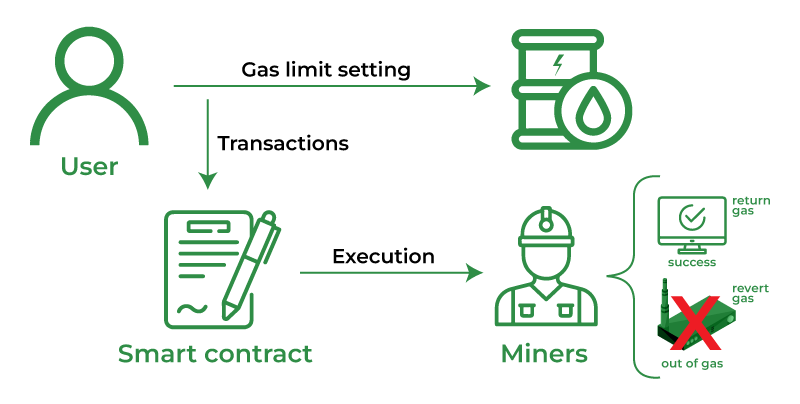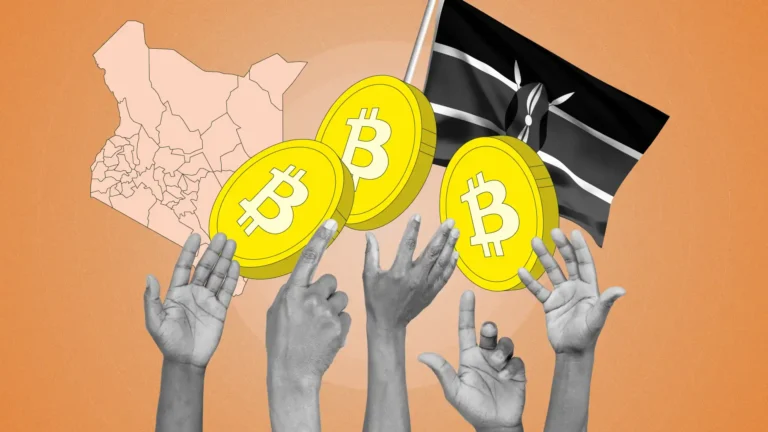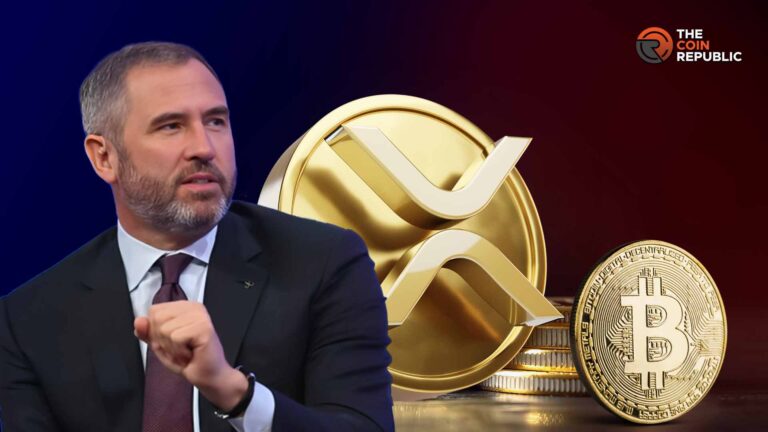If you’ve ever tried to send ETH, mint an NFT, or trade on a decentralized exchange, you’ve likely encountered the infamous “gas fee.” For newcomers, gas can feel like a mysterious toll that fluctuates wildly, sometimes costing cents—and at other times, hundreds of dollars. But beneath the confusion lies a fascinating economic system that powers …
Gas Fees Explained: Why Ethereum Transactions Cost What They Do

If you’ve ever tried to send ETH, mint an NFT, or trade on a decentralized exchange, you’ve likely encountered the infamous “gas fee.” For newcomers, gas can feel like a mysterious toll that fluctuates wildly, sometimes costing cents—and at other times, hundreds of dollars. But beneath the confusion lies a fascinating economic system that powers the Ethereum network.
So, what exactly are gas fees, why do they rise and fall, and what’s being done to make them cheaper? Let’s break down the mechanics behind one of blockchain’s most misunderstood concepts.
What Are Gas Fees, Really?
Think of gas as the fuel that keeps the Ethereum engine running. Every time you perform an action on the Ethereum network—whether it’s sending ETH, interacting with a smart contract, or deploying a decentralized app (dApp)—you’re asking thousands of nodes (computers) to process and verify your request.
These nodes don’t work for free. Gas fees are what you pay miners (now validators) as compensation for computing power and maintaining network security.
In simple terms:
- Gas = The computational effort required to execute an operation
- Gas Price = How much you’re willing to pay per unit of gas
- Total Fee (in ETH) = Gas Limit × Gas Price
For example, if a transaction uses 21,000 units of gas and the gas price is 30 gwei, the total cost equals:
21,000 × 30 gwei = 630,000 gwei, or 0.00063 ETH.
When ETH is priced high, even small fluctuations in gas price can dramatically change how much you pay in dollars.
Why Gas Fees Fluctuate
The cost of gas isn’t fixed—it behaves like a dynamic marketplace driven by supply and demand. When the network is busy (for example, during an NFT minting craze or a DeFi farming event), users compete to have their transactions processed faster by offering higher gas prices. Validators naturally prioritize those who pay more, creating a bidding war that drives fees upward.
Conversely, when the network is quiet, gas prices drop because there’s less competition.
In short:
- High network congestion → Higher gas fees
- Low network congestion → Lower gas fees
It’s similar to surge pricing in ride-sharing apps: when demand spikes, prices rise until the network reaches equilibrium.
Understanding Gwei and the EIP-1559 Upgrade
Gas prices are denominated in gwei, a tiny fraction of an Ether (1 gwei = 0.000000001 ETH). The smaller denomination helps handle precise fee calculations.
Before 2021, Ethereum operated on an auction-style model—users manually set gas prices, and miners picked the highest bids. This led to unpredictable and often excessive fees.
That changed with the introduction of EIP-1559, part of the London Hard Fork upgrade. EIP-1559 introduced a new structure with two main components:
- Base Fee – A mandatory fee paid by everyone, determined by network demand and automatically burned (destroyed).
- Priority Fee (Tip) – An optional tip users can add to incentivize validators for faster confirmation.
This upgrade brought more fee predictability and reduced ETH inflation by burning a portion of gas fees permanently—making Ethereum somewhat deflationary over time.
So now, when you pay gas, part of it disappears forever, effectively reducing the total ETH supply.
Why Some Transactions Cost More Than Others
Not all actions on Ethereum are created equal. Some require more computational effort (gas) than others.
For instance:
- Sending ETH: ~21,000 gas units (simple transaction)
- Swapping tokens on Uniswap: 100,000–150,000 gas units
- Minting NFTs: 200,000+ gas units
That’s because smart contracts—programs that run automatically on the blockchain—consume more computational power than basic transfers.
In essence, the more complex the transaction logic, the more gas it consumes. This design ensures that network resources are used efficiently and prevents spam attacks by making it costly to overload the network with meaningless transactions.
Ethereum’s Move to Proof of Stake: The Merge Effect
The Ethereum Merge, completed in September 2022, replaced miners with validators, shifting from an energy-intensive Proof of Work (PoW) model to the eco-friendly Proof of Stake (PoS) system.
However, contrary to popular belief, the Merge did not directly reduce gas fees. Why? Because gas prices are determined by network demand, not the consensus mechanism.
What the Merge did accomplish was laying the foundation for scalability improvements through upcoming upgrades like sharding and Layer-2 integrations, both of which aim to lower transaction costs dramatically.
How Layer-2 Solutions Are Lowering Gas Costs
While Ethereum’s main chain (Layer 1) remains busy, developers have built Layer-2 networks—secondary blockchains that process transactions off-chain and then settle them back on Ethereum.
Examples include:
- Arbitrum
- Optimism
- zkSync
- Polygon
These networks handle thousands of transactions at a fraction of the cost, sometimes reducing fees by up to 95%.
Users can move their funds to these Layer-2s and enjoy faster, cheaper transactions while still benefiting from Ethereum’s security. As adoption grows, these scaling solutions could make high gas fees a thing of the past.
Tips to Minimize Gas Fees
While Ethereum continues to evolve, users can take smart steps to save on gas right now:
- Use Gas Trackers – Tools like Etherscan Gas Tracker or ETH Gas Station help you find cheaper times to transact.
- Avoid Peak Hours – Network activity usually spikes during U.S. and European daytime. Transactions are cheaper during off-hours.
- Batch Transactions – If possible, combine multiple actions into one transaction to reduce cumulative gas use.
- Try Layer-2 Networks – Move to chains like Arbitrum or Optimism for cost-efficient DeFi and NFT interactions.
- Adjust Speed Preferences – If your transaction isn’t urgent, choose “slow” or “standard” instead of “fast” in your wallet settings.
Small adjustments can lead to big savings, especially during volatile network activity.
The Future of Ethereum Gas Fees
Ethereum’s roadmap includes several upgrades designed to tackle high gas costs long-term. The most notable include:
- Danksharding and Proto-Danksharding (EIP-4844): These will introduce data blobs to optimize how Layer-2 rollups post data to Ethereum, reducing their fees dramatically.
- Optimized Rollups: As rollups become more efficient, transaction batching will make fees negligible for end users.
- Further EVM Improvements: Enhancements to the Ethereum Virtual Machine (EVM) will make smart contract execution cheaper and faster.
In short, Ethereum’s future is heading toward greater scalability, affordability, and accessibility, with gas fees becoming less of a barrier to entry.
Conclusion
Gas fees are the heartbeat of Ethereum’s economy — they represent the cost of decentralization, security, and trustless computation. While they can be frustrating, they also ensure that the network remains efficient, secure, and fair.
Thanks to innovations like EIP-1559, Layer-2 scaling, and the Merge, Ethereum is evolving from a high-cost, high-demand network into a sustainable ecosystem built for the masses.
The journey toward cheaper transactions isn’t over, but one thing is certain: Ethereum’s gas system is no longer just a technical challenge — it’s a roadmap to blockchain’s future efficiency.







